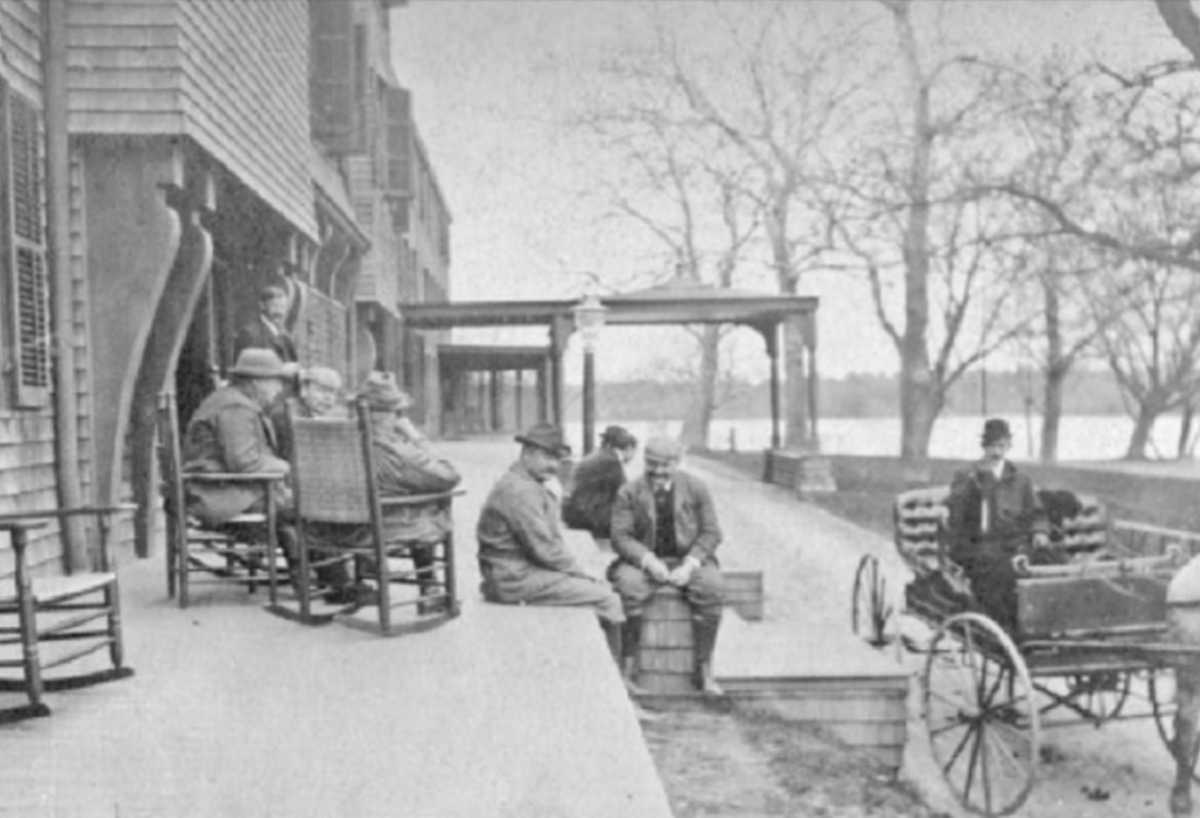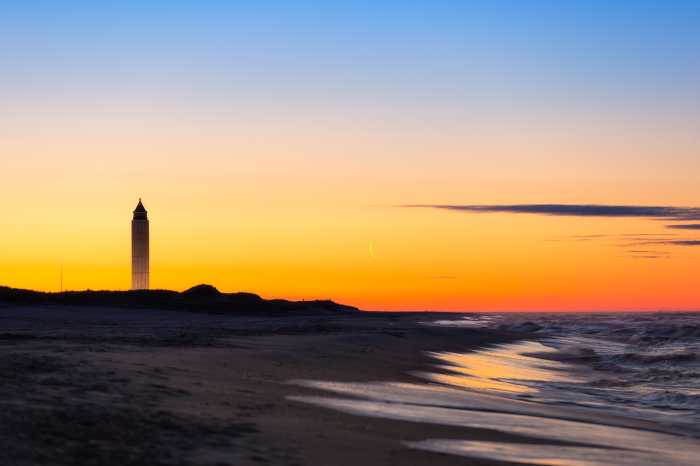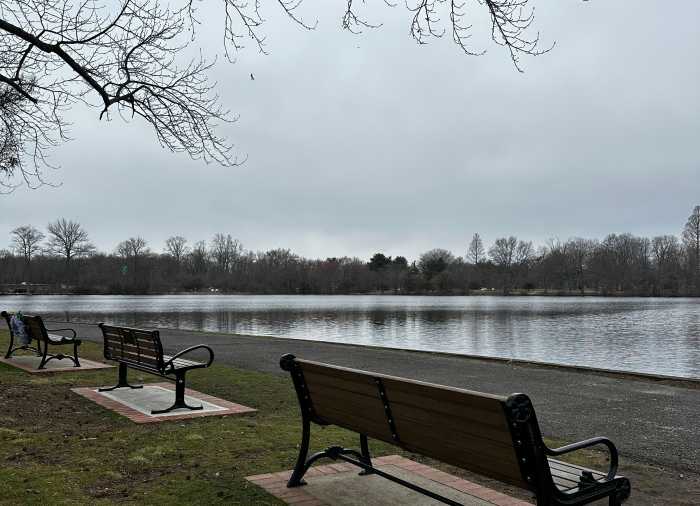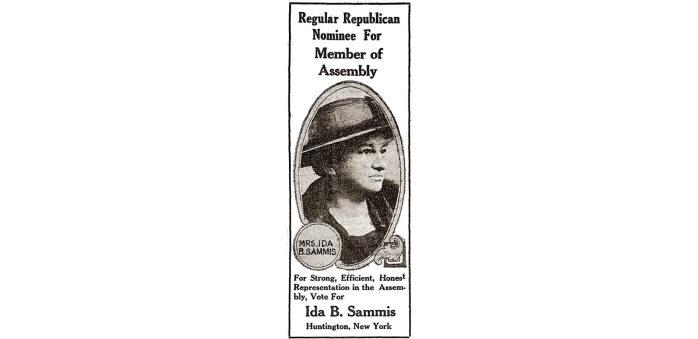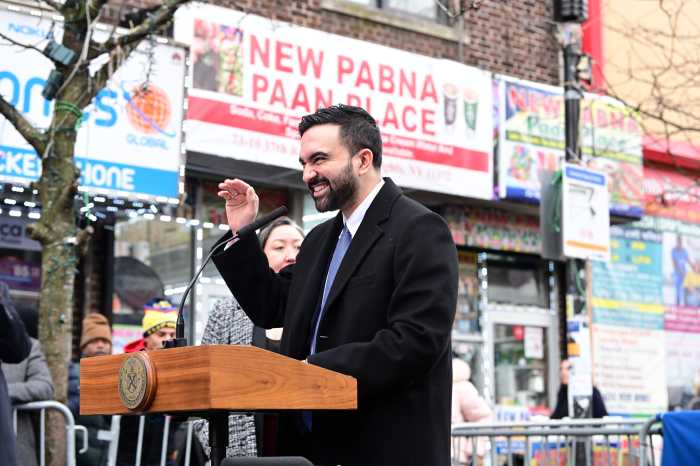Connetquot River State Park had its own journey before its accession to the New York State Office of Parks, Recreation, and Historical Preservation.
“An outdoor museum, representing the only unpolluted stream on Long Island, if not one of the only in the East,” affirmed Long Island Parks commissioner Harthon Bill during a press conference stressing the importance of New York State taking ownership of the 3473 acres of Oakdale’s South Side Sportsman Club in 1973.
However, not explained by Bill in the conference was how the unspoiled forest and stream, situated between multiple suburban developments and a large-scale Grumman manufacturing plant, defeated the odds of becoming a maze of houses or an EPA Superfund site.
The driving force to preserve this section of land started in the 1860s through finding a balance for recreation and conservation, which had these early successes exported to a National level, helping to create the National Park/ Wildlife Refuge System, Migratory Bird Treaty Act and the Lacey Act (which made poaching wildlife a federal crime).
The 3473 areas encompassing what is now Connetquot River State Park were part of early Islip Town grist mill operations. In the 1820s, the Snedecor family, seeking to capitalize on the expansion of the stagecoach line near the mill, opened a tavern. Within 30 years, the area would grow into a tourist hotspot for upper-middle-class and wealthy city residents.
In 1866, a handful of New York City’s elite businessmen chartered the South Side Sportsman Club for waterfowl hunting and fishing. Purchasing the property around the Snedecor Tavern and the land around the headwaters of the Connetquot River, the club became home to the most populated trout estuary in the region.
For guest and member access, the club developed its train line in 1868, known as Club Station (now Great River Station). Due to the sensitive nature of the members’ status, discretion regarding activities and membership was reinforced in day-to-day operations. Some of the documented members and guests of the club included Andrew Carnegie, Restaurateur Lorenzo Delmonico, Naturalist George Bird Grinnell, Ulysses S. Grant, General William Tecumseh Sherman, and Theodore Roosevelt.
Other members who were most frequent built their estates surrounding or near the club included, William K Vanderbilt, William Bayard Cutting, Domino Sugar Tycoon Harry Havemeyer, President of Singer Manufacturing Frederick Bourne, American Tobacco owner George Lorillard), John Ellis Roosevelt (Cousin of the Theodore Roosevelt), Banker Harry Hollins, and NYC subway system developer August Belmont Jr. According to popular belief, to appease their wives, who were concerned about the excessive amounts of time they spent in the club, William K. Vanderbilt and other members, built St. Mark’s Church in Islip.
The club’s transformation of the entire Town of Islip into a popular destination, along with the construction of infrastructure, were not its most significant contributions. As its membership expanded, discussions of a greater cause eventually arose.
“You can’t keep taking and taking. These guys understood that,” explained Janet Marie Soley, President of Friends of Connetquot. The first efforts to conserve the area focused on restocking the trout through a state-of-the-art hatchery and replenishing the duck population, but this was not enough.
From this shared membership and their mutual enjoyment of the outdoors, the conservation movement would be born. In 1887, Theodore Roosevelt and George Bird Grinnell founded the Boone and Crockett Club. This club, with the support and resources of the South Side Sportsman Club, played a crucial role in establishing the law that led to the creation of our National Park system and many of the early anti-poaching laws.
Other guests and members, such as Joseph Knapp, would go on to create Ducks Unlimited. This organization’s central goal is to conserve and restore wetland habitats. As of this year, Ducks Unlimited has conserved over 19 million acres of marshlands across North America.
When asked about the origins of the organization and its benefactors, Former regional director Craig Kessler replied, “The South Side Sportsman Club was a haunt for wealthy sportsmen who had the desire and resources to fund conservation movements.”
As the early to mid-twentieth century approached, the large estates surrounding the club faced an uncertain future due to the expansion of housing developments. Honoring the family name by democratizing the natural beauty of preserved family estates for future generations became the new goal for many heirs of the elite.
Former estates will be converted into the Bayard Cutting Arboretum and Heckscher State Park, which will preserve an additional 2,348 acres surrounding the 3,473 acres of the club.

The latest conservation challenge for the coming century is similar to the one faced by members of the South Side Sportsman Club over 100 years ago. The resources to combat these challenges require more than money and influence from a handful of well-to-do men; it requires a widespread consensus.
Encouraging people to visit our parks and appreciate their serenity creates the most effective advocates for nature. The most popular activity that maintains a balance between conservation and recreation throughout Connetquot River State Park is birding.
“Just like the organization Birdability, birding is for everyone; we believe that the outdoors is for everyone,” stated Janet Marie Soley.
To fully democratize the park, the John C. Dunphy Foundation awarded Friends of Connetquot a $100,000 donation to make the red trail leading to the hatchery wheelchair accessible. An additional $100,000 for the trail and birding stations will be funded by New York State. The accessibility of the park to everyone, regardless of mobility, inspires a new generation of people to engage in the fight for the conservation of our local and nationally most sacred outdoor spaces, ensuring they remain unspoiled in perpetuity.



